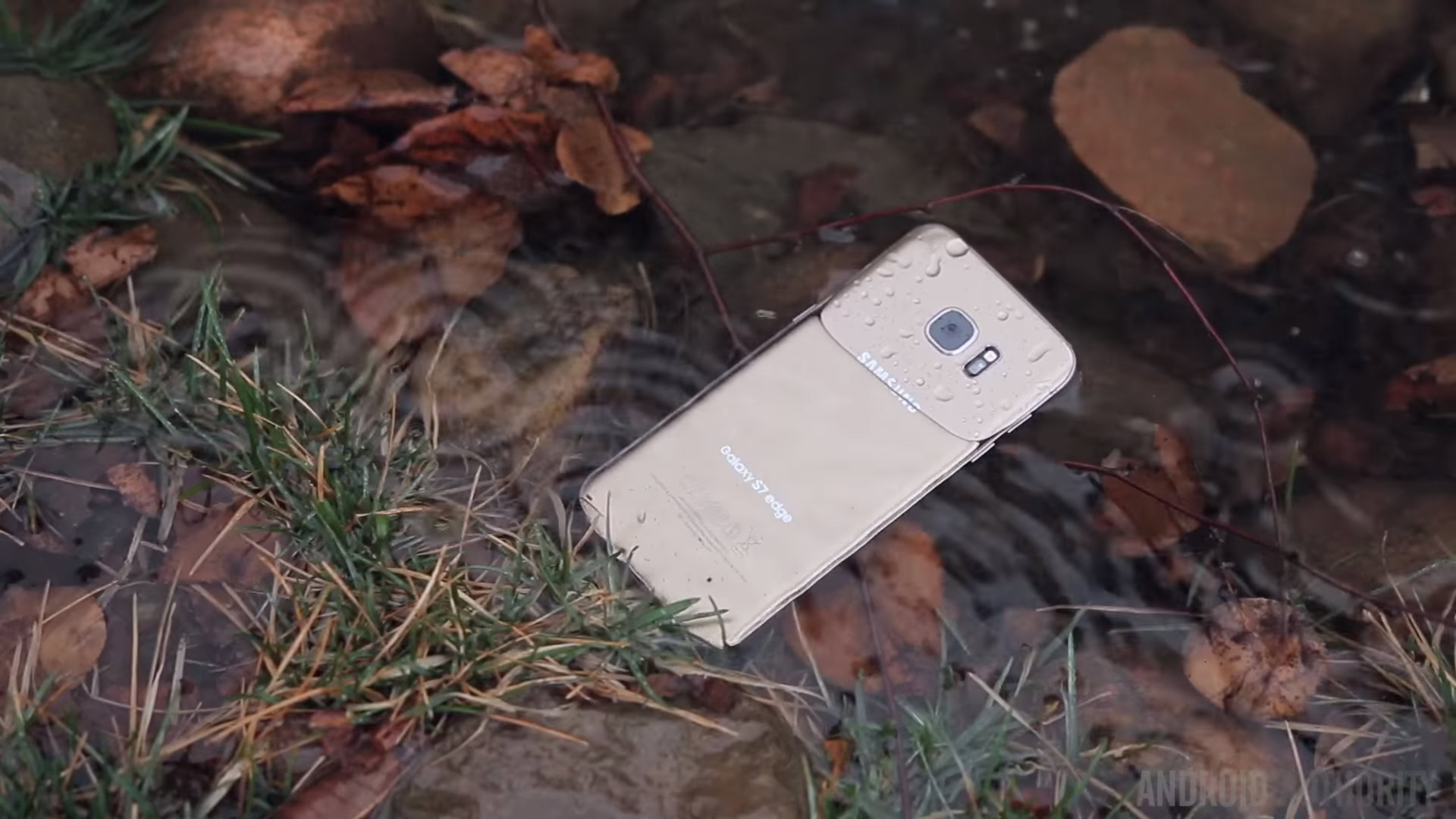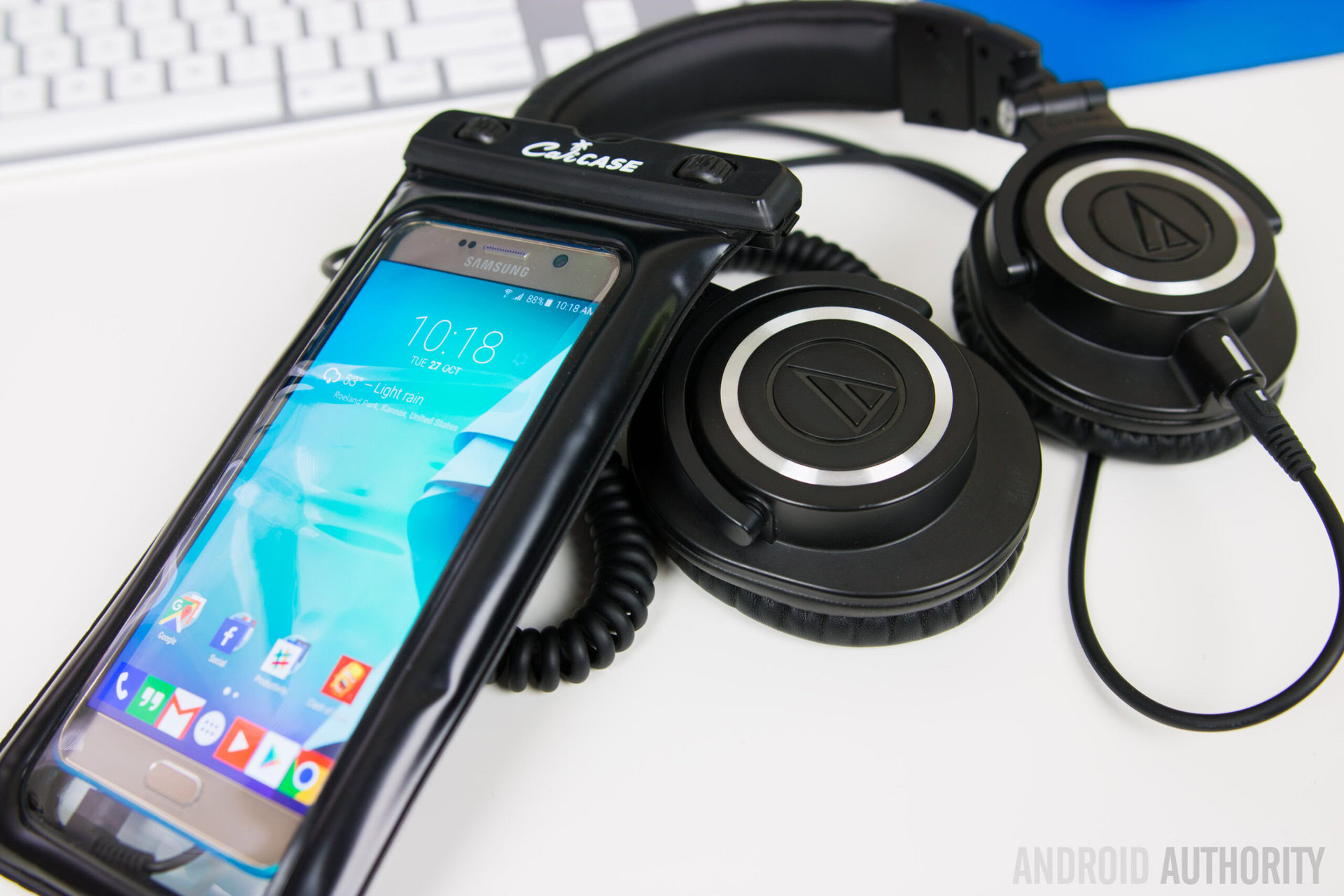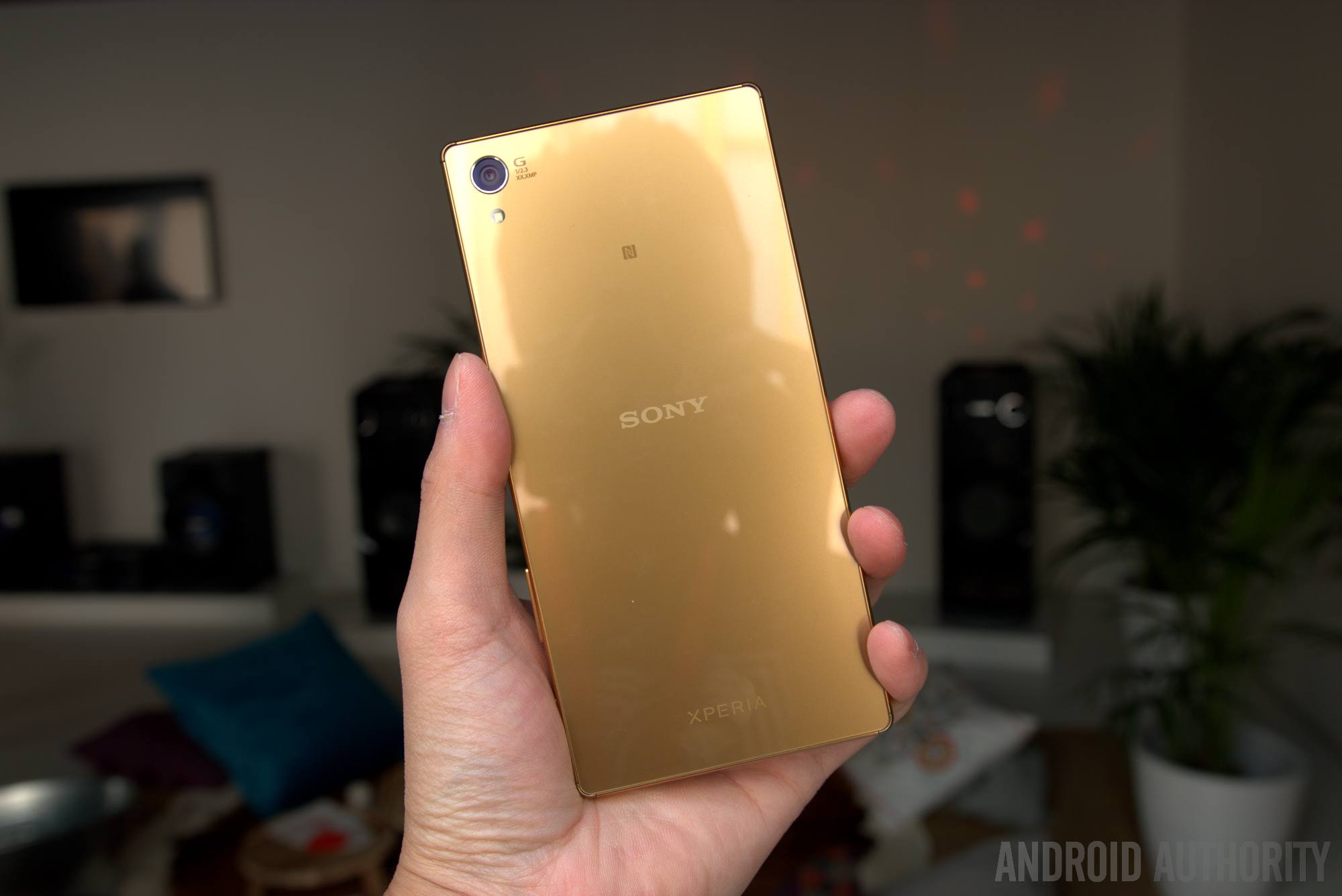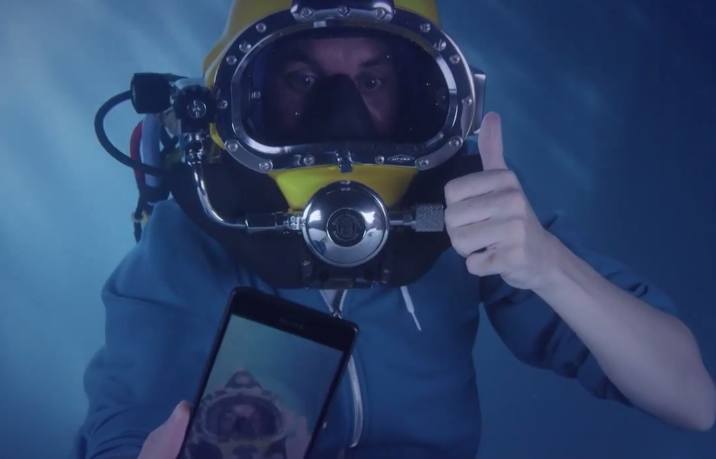Affiliate links on Android Authority may earn us a commission. Learn more.
Water resistant phones: the essential do's and don'ts

Water resistant phones have become a major selling point for a number of high-end manufacturers. It’s certainly a useful feature to have, offering protection for your expensive gadget against accidental spills. You can even take some wonderful underwater pictures these days.
However, much of the marketing doesn’t really line up with the reality. Underwater unboxing videos and YouTube water tests have helped to fabricate a picture which suggests that water resistant phones are just as strong and durable as waterproof products, such as clothing, watches, and tailor-made aquatic pieces of technology.
Unfortunately, this is not the case. So let’s take a look at what you should really expect from a water resistant phone.
Water resistant, but not invincible
Water resistance is often confused with waterproofing, but the two terms are definitely not synonymous. The latter implies complete protection while resistance suggests some level of vulnerability and certainly not complete coverage. There is only so much that can be done to keep devices water tight and there are varying degrees of water resistance, with some devices offering substantially more protection than others. Unlike a waterproof material that possesses specific waterproof properties, a water resistant device is really just a tightly sealed barrier that protects the delicate circuits within. Unfortunately, if the barrier fails then your device is no longer water resistant.
A small splash with or even a quick dip into fresh water might not pose any problem to a phone with the adequate water resistance rating, but this situation quickly changes once we start moving into the real world. For example, chlorinated or salted water can attack and erode the rubber gaskets and seals that protect your device from water. Overtime these could weaken, leaving your phone exposed to damage from moisture. The same goes for coffee, soft drink spills, or Champagne, most phone’s haven’t been thoroughly tested with these sort of liquids in mind.

I probably shouldn’t have to say this, but although a phone might technically be able to survive a few cycles through a washing machine if you leave it in your pocket, a bump and crack in the case would obviously be fatal for it. The detergent and high washing temperatures certainly wouldn’t do your phone any favors either.
It’s a similar situation with water depth – take your handset too far down and the seals encasing your phone’s innards will likely buckle under the pressure. Good water resistant watches might be able to survive hundreds of meters or more, your smartphone will not.
We’ve actually seen Sony back track on some references to water resistance in its promotional material, as some consumers seem to have grabbed the wrong end of the stick. Earlier in the year the company updated its marketing materials to advocate sensible use of its products and suggested that customers “should not put the [Xperia Z5] completely underwater.”

The real problem is that water resistance testing is done under lab conditions against a rather specific list of criteria. These don’t always reflect the real world scenarios that some customers may put their phones through. Manufacturers certainly don’t want to offer warranties for every possible liquid based accident or scenario out there.
IP rating system explained
Now that we’ve covered what water resistance actually means for your electronic gadgets, we should probably dissect the rating system that often accompanies these claims. Many smartphone have appeared with an “IP” rating. IP, in this instance, stands for Ingress Protection and is a widely used rating system for hardware protection.
The IP rating system was developed by the International Electrotechnical Commission, and is defined in the IEC 60529 standard. The rating score consists of two numbers. The first deals with protection against solid objects, such as handling, tools and dust resistance. This is a little outside our scope here, but the higher the number the better.
The same applies to the second number, which marks a device’s protection against water intrusion. Here’s a breakdown of exactly what the numbers mean.
| Rating | Protection |
| X0 | No special protection |
| X1 | Protection against vertically falling drops and condensation |
| X2 | Protection against direct sprays of water, up to 15 degrees from vertical |
| X3 | Protection against direct sprays of water, up to 60 degrees from vertical |
| X4 | Protection against direct sprays and splashes of water from all directions. |
| X5 | Protection against low-pressure jets of water from all directions for at least 3 minutes. |
| X6 | Protection against strong jets of water from all directions for at least 3 minutes |
| X7 | Protection against temporary immersion between 15cm and 1m for 30 minutes |
| X8 | Protection against long periods of immersion over 1m and under pressure. (Exact conditions are specified by the manufacturer) |
As you can see, even at the highest end of the table, the specification doesn’t cater for very high pressure levels or deep submersion, and there’s no mention of temperature or other environmental factors. IPX7 or X8 are the only two levels that actually cater for proper submersion in water, but even then this is only for a limited time and in relatively kind environments. Even with IPX7, 1 metre (about 3 feet) isn’t really very deep and you can see where some confusion sets in when you see under water unboxings done while wearing diving equipment.
In fact, most of the rating levels only offer some form of protection against sprays and droplets of water. So you can get away with using most IP rated phones with wet hands, but IPX6 and lower devices won’t make for very reliable bath toys.
It’s also important to note that this standard is only designed to test devices in fresh water. So the chlorine found in swimming pools will still likely cause a problem for seals after some time, as may dirt swept up from the bed of a lake or river, and sea water is a big no-no for any exposed ports.
Looking after your devices
IP rated technology products are designed to be more resilient than your standard gadgets and can certainly take some additional punishment. However, they are not invincible and users should take extra care of their device after putting them through some more unforgiving environments.
Here’s a list of simple tips that will keep your water resistant smartphone in tip top condition so that it can withstand a few dips over its lifespan.
- Make sure that all covers are closed before taking your phone for a dunk. That includes SIM and microSD card slots, as well as the USB port cover if your phone has one.
- Rinse off your phone with fresh water after taking it swimming, just to make sure that any chlorinated water is washed off. But don’t use soap or chemicals.
- Avoid salt water and extreme conditions, such as high heat or rough environments.
- Dry your device off thoroughly before plugging other devices into the USB or headphone ports. Phone have fail-safes but you wouldn’t want to fry anything with short circuit. You can use a dry microfiber cloth if shaking your phone isn’t drying it quickly enough.
- Avoid hot temperatures. You don’t need your phone in a sauna, relax instead. Don’t attempt to dry it off with a hair dryer either, just use a cloth.
- Remove dirt, hair, or any other small objects from covers and ports. Plugging something into a port that has dirt in it is a good way to ruin the connectors, and even small particles might cause damage to microSD card, SIM, or USB cover seals if you force them shut.
With these tips and some general good care, your water resistant smartphone shouldn’t have any problems doing exactly what its IP rating suggests that it is capable of. Just remember that they are phones first and foremost, don’t treat them like bath toys.
